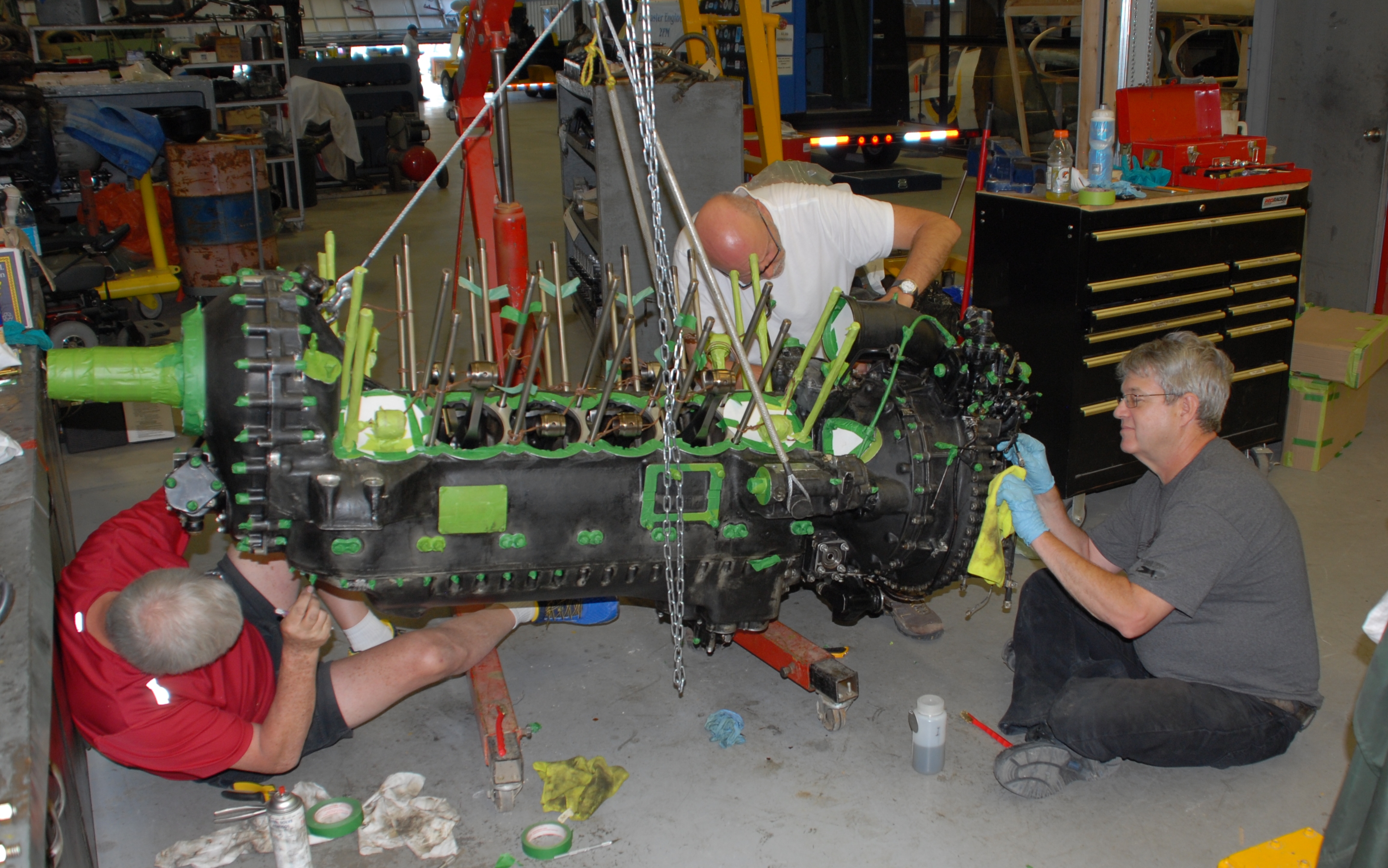That is just the crank case, like in the picture I've already posted. The cylinder banks are cast and machined as separate parts, unlike in a typical car engine.
This is a Merlin with its cylinders removed. Cylinder blocks (missing in picture), crank case, reduction gear housing all being separate parts bolted together. This method makes it easier to cast each part with minimal use of metal wich saves weight.

This is a Chevrolet LS engine block where everything is cast and machined as one part. Faster and less labor intensive. Saves $$$.
